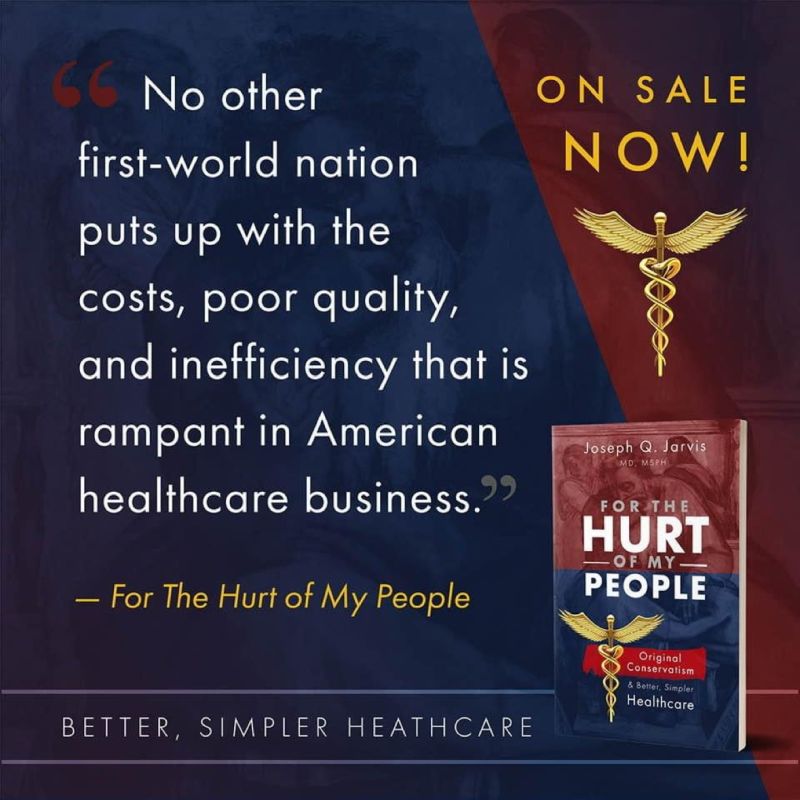Alexander Hamilton played a crucial role in the development of the world’s first national, mandatory health insurance policy. This historical 1798 plan, financed by taxpayers and approved by Congress, aimed to provide coverage for sick and disabled seamen. Hamilton’s vision for this policy was driven by his concern for the well-being of humanity.
Fast forward to modern times, and the United States has made numerous attempts to offer medical care to those in need who cannot afford it. While the efforts trace back to Hamilton’s initiative, they have evolved over the years, encompassing policies that mandate emergency-room care for all and extend insurance to individuals with specific serious illnesses.
Despite these endeavors, no policy has been able to fully address the healthcare needs of the entire U.S. population. Presently, around 30 million American citizens still lack health insurance. Even for those who are insured, the costs frequently surpass the benefits provided by the plans. This has resulted in a staggering $140 billion in unpaid medical debt, surpassing all other forms of personal debt combined, with a significant portion being incurred by people with health insurance.

In light of these challenges, MIT Professor Amy Finkelstein, in collaboration with economist Liran Einav of Stanford University, advocates for a comprehensive overhaul of the U.S. health insurance system in their new book titled “We’ve Got You Covered: Rebooting American Health Care,” published by Portfolio. The authors propose a two-layered approach, involving one layer of free and automatic health insurance for everyone, coupled with another layer of private insurance for those seeking additional healthcare amenities.
Finkelstein, renowned for her empirical studies on health insurance and healthcare, acknowledges that the U.S. has always had a commitment to providing care to the ill, and now it is imperative to do so effectively and efficiently. She emphasizes that the current health care system is far from ideal and calls for a transformation.
The existing health care landscape in the U.S. comprises patchwork programs that fail to comprehensively cover the population. Approximately 150 million Americans depend on private employer-provided insurance, leaving them vulnerable to losing coverage if they change jobs. Conversely, those reliant on public health insurance, such as Medicaid, face the risk of losing eligibility if their household income exceeds the poverty line. Consequently, about one in four Americans below the age of 65 will experience periods without insurance within the next two years.
Interestingly, a significant number of these individuals are eligible for free or heavily discounted coverage, but they remain unenrolled due to a lack of information and complex signup procedures. Even Medicare, the primary public insurance program for seniors, imposes out-of-pocket expenses without a cap, leading a quarter of Medicare beneficiaries to spend a quarter of their income on healthcare.
While some reforms have improved coverage for certain groups, such as the Affordable Care Act of 2010, which enabled 10 million previously uninsured Americans to gain coverage, they did not resolve the issues of insurance loss or inadequate coverage that often results in considerable medical debt.
The authors argue that the U.S. has attempted to address health coverage problems through a series of piecemeal policies. One such approach involved creating disease-specific care subsidies, starting with the extension of Medicare in 1972 to cover individuals with end-stage kidney disease. Subsequent programs were implemented to cover patients with tuberculosis, breast and cervical cancer, sickle cell anemia, ALS, HIV/AIDS, and Covid-19.
However, Finkelstein and Einav express skepticism towards this approach due to its fragmented nature, which inevitably leaves gaps in coverage. They propose a more straightforward solution: universal inclusion of everyone into the healthcare system, thus eliminating the need for separate laws for different illnesses.
“When you think about covering all the gaps, that’s what universal basic coverage is,” Finkelstein says.
Land of the free
According to “We’ve Got You Covered,” the current approach to health insurance in the United States is not set in stone. The origins of employer-provided health care only trace back to the 1950s. The authors argue that the continuous implementation of policies to ensure basic care for all, such as open emergency rooms and subsidies for severe diseases, reflects the nation’s underlying expectation of providing humane care when it is most needed.
Finkelstein, one of the authors, points out that the existence of various healthcare measures is due to a social norm or unwritten contract in the United States. This norm dictates that society does not allow people to die on the streets due to lack of medical resources. Thus, when individuals face dire medical situations without resources, there is a collective compulsion to help them. From this perspective, both the issues faced by the insured and the uninsured result from failures to uphold these societal commitments rather than a lack of such commitments.
To address these problems, Finkelstein and Einav propose a solution: free, basic healthcare for everyone, without the hassles of sign-ups or charges for essential care. Additionally, people would not lose their insurance when leaving their jobs, and surpassing the poverty line would not mean losing public insurance coverage.
Under their proposal, there would still be a layer of private health insurance available for those who desire additional amenities in their medical care, like private hospital rooms or elective services. Essentially, people could pay for upgrades if they choose to.
While this system would not achieve absolute equality in healthcare, Finkelstein believes it would be an improvement over the current situation. The key, in his view, is to ensure that everyone receives essential basic coverage.
The book suggests that the U.S. can indeed afford such a system of free, basic, and automatic-enrollment health care. Currently, the country spends 18 percent of its GDP on healthcare, with half going to public healthcare and the other half to private care. Interestingly, European countries that offer universal coverage spend approximately 9 percent of their GDP on public health systems. Therefore, the book argues that the U.S. is already paying for universal coverage, though it has not achieved it yet, and could implement it at a similar cost to these other countries.
“We’ve Got You Covered” also opposes modest co-pays, despite studies showing that they reduce doctor visits. The authors believe that such co-pays conflict with the idea of universal coverage, which aims to provide essential medical care without financial barriers.
Until the impossible becomes inevitable
However, even if the Finkelstein-Einav health insurance system is logical and reasonable, is there any possibility of it becoming a reality?
“One thing that makes me, if not optimistic, then at least not unduly pessimistic, is that this is an argument that will and does appeal to people across the political spectrum,” Finkelstein contends
The book highlights that although expanding health insurance is typically linked with progressive politicians, it also showcases several conservatives who, even in the 21st century, have advocated for universal coverage.
Although the immediate implementation of a free basic care system may not be imminent, Finkelstein and Einav propose in their book “We’ve Got You Covered” that they are following the advice of economist Milton Friedman. They aim to develop ideas and keep them publicly discussed until what seems politically impossible eventually becomes politically unavoidable.
Meanwhile, Finkelstein and Einav strongly advise individuals to give greater consideration to the implicit assumption in U.S. health care policy that we ought to assist everyone, driven by the same rationale that motivated Hamilton’s desire to aid seamen – namely, to safeguard them from destitution and suffering in their lives.











